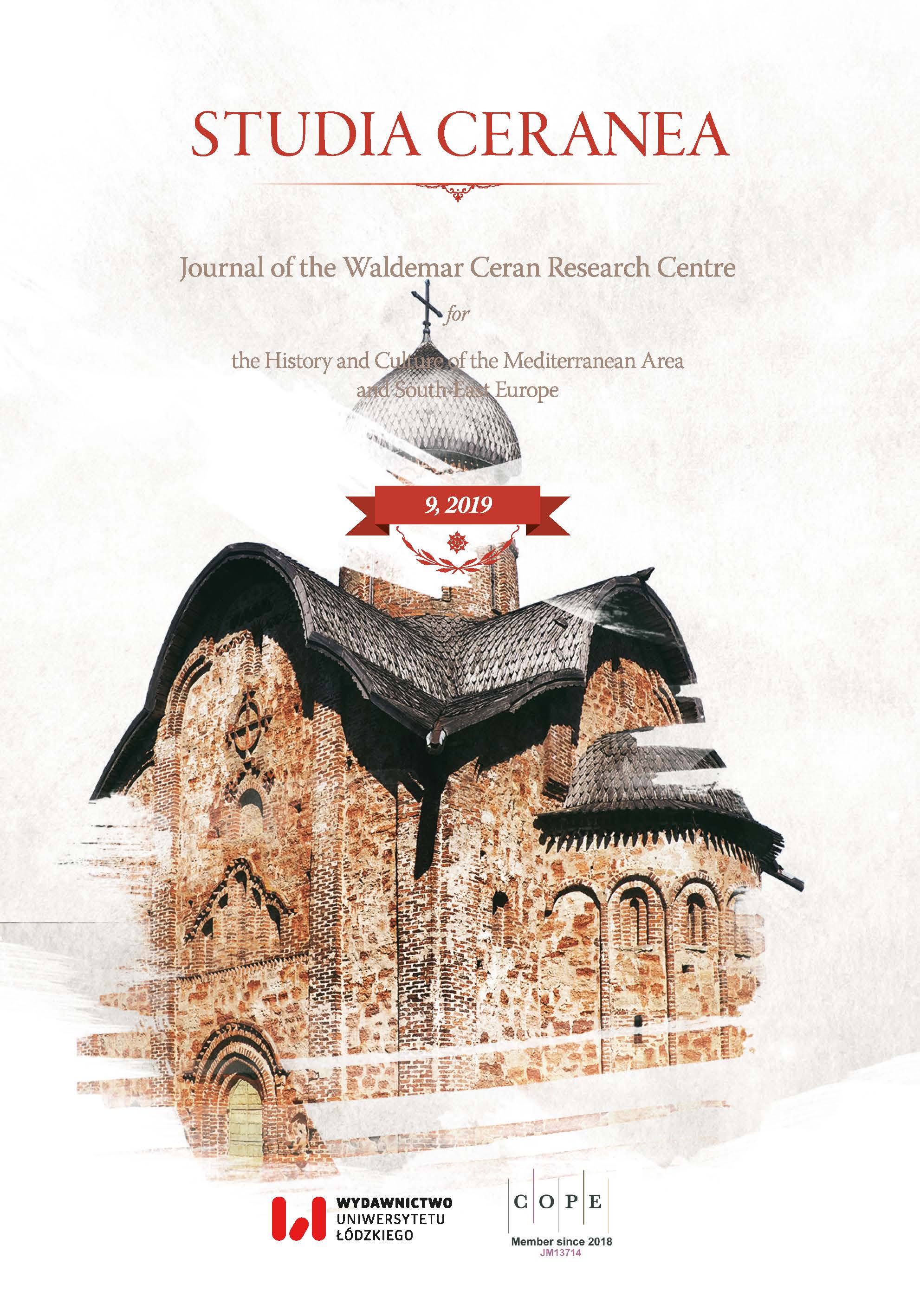Vignette of Constantinople on the Tabula Peutingerianana. The Column of Constantine or the Lighthouse
Vignette of Constantinople on the Tabula Peutingerianana. The Column of Constantine or the Lighthouse
Author(s): Piotr KochanekSubject(s): Ancient World, Middle Ages
Published by: Wydawnictwo Uniwersytetu Łódzkiego
Keywords: Tabula Peutingeriana; vignette of Constantinople; the Column of Constantine; lighthouse
Summary/Abstract: The article contains the analyses of 40 descriptions of the vignette of Constantinople in Tabula Peutingeriana created between the years 1768 and 2018. The number of these descriptions is not at all complete, however, it seems to give quite a representative survey of how has this vignette been interpreted throughout the last 250 years. Among these descriptions, merely five authors (H. Thiersch – 1909; F. Castagnoli – 1960; A. and M. Levi – 1967 and M. Reddé – 1979) believe that one of the elements of that vignette is a lighthouse. The article explains the origin of this erroneous interpretation on the basis of the edition of Tabula Peutingeriana from the year 1753, prepared by F.C. von Scheyb, and repeated by K. Mannert (1824), E. Desjardins (1869–1874) and K. Miller (1888), as well as of the observations in this field made by H. Gross (1913) and W. Kubitschek (1917). What is today regarded as the most probable interpretation of the element of that vignette, referred to as the lighthouse is the thesis that what is referred to here, is the Constantine’s Column, on whose top there is the statue of the founder of the Second Rome. If we assume the second half of the 4th century as the time when Tabula Peutingeriana was created, then the Constantinople vignette would be the oldest graphic presentation of that column. However, the graphics of the vignette is far from the descriptions of Constantine’s column in the Byzantine sources. That might result from a simple mistake made by the later copiers, or it can also be the effect of their conscious modifications of the most important vignettes on the map. For the Constantinople vignette, compared to the vignettes of Rome and Antioch, seems to contain a certain symbolic code, which allows for dating the copy of map stored today in Vienna. It seems that the original map could have been created, as it seems, in the 2nd half of the 4th century, as it is traditionally assumed. Probably it had been graphically retouched quite substantially (at least as far as the vignettes of Rome and Constantinople are concerned, joined in a strict mutual relationship) in the Carolingian period, and, more exactly, in the 1st half of the 9th century, and then, for the second time, the map underwent modifications aimed at updating its contents in the 13th century.
- Issue Year: 2019
- Issue No: 9
- Page Range: 475-521
- Page Count: 47
- Language: English

